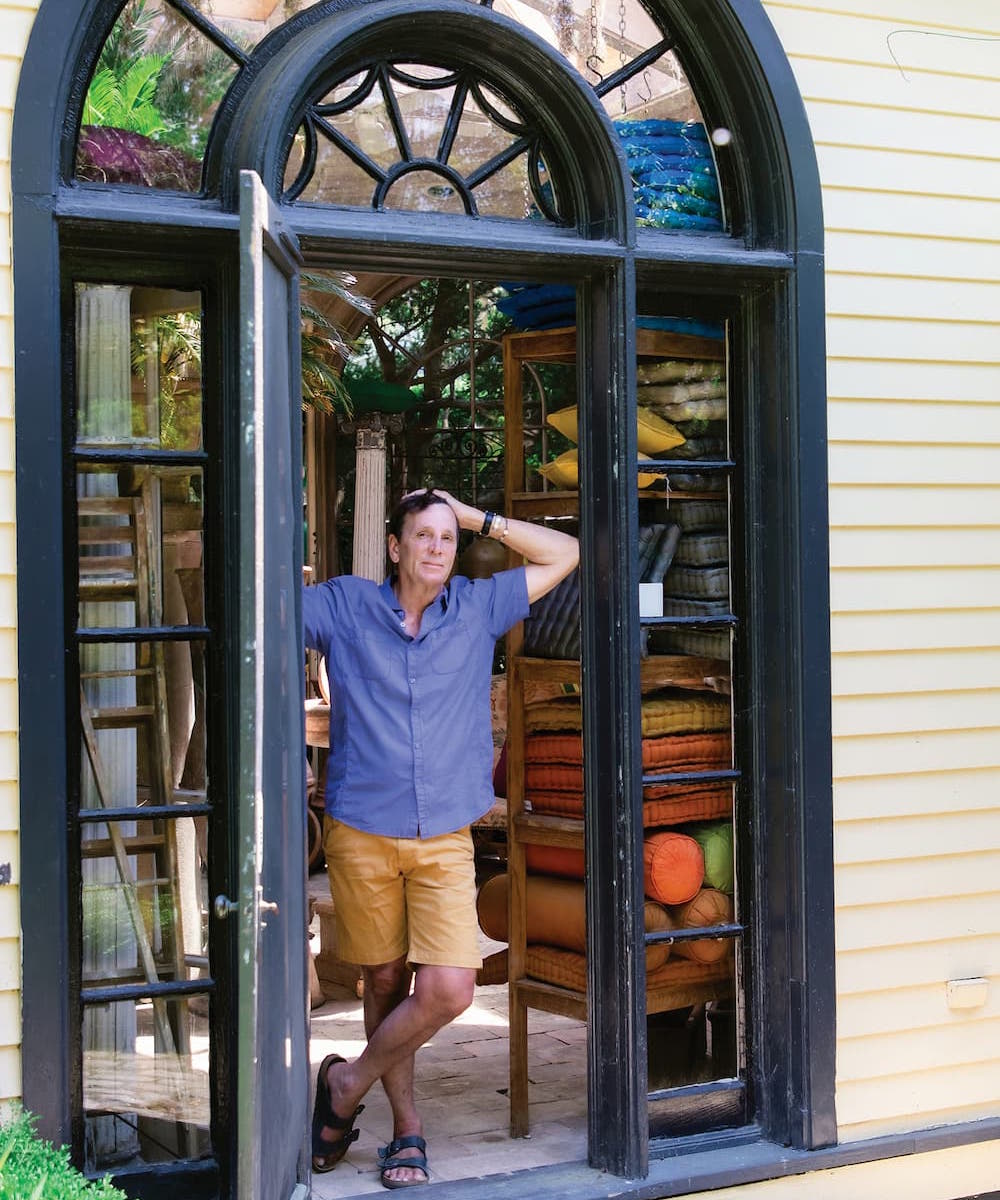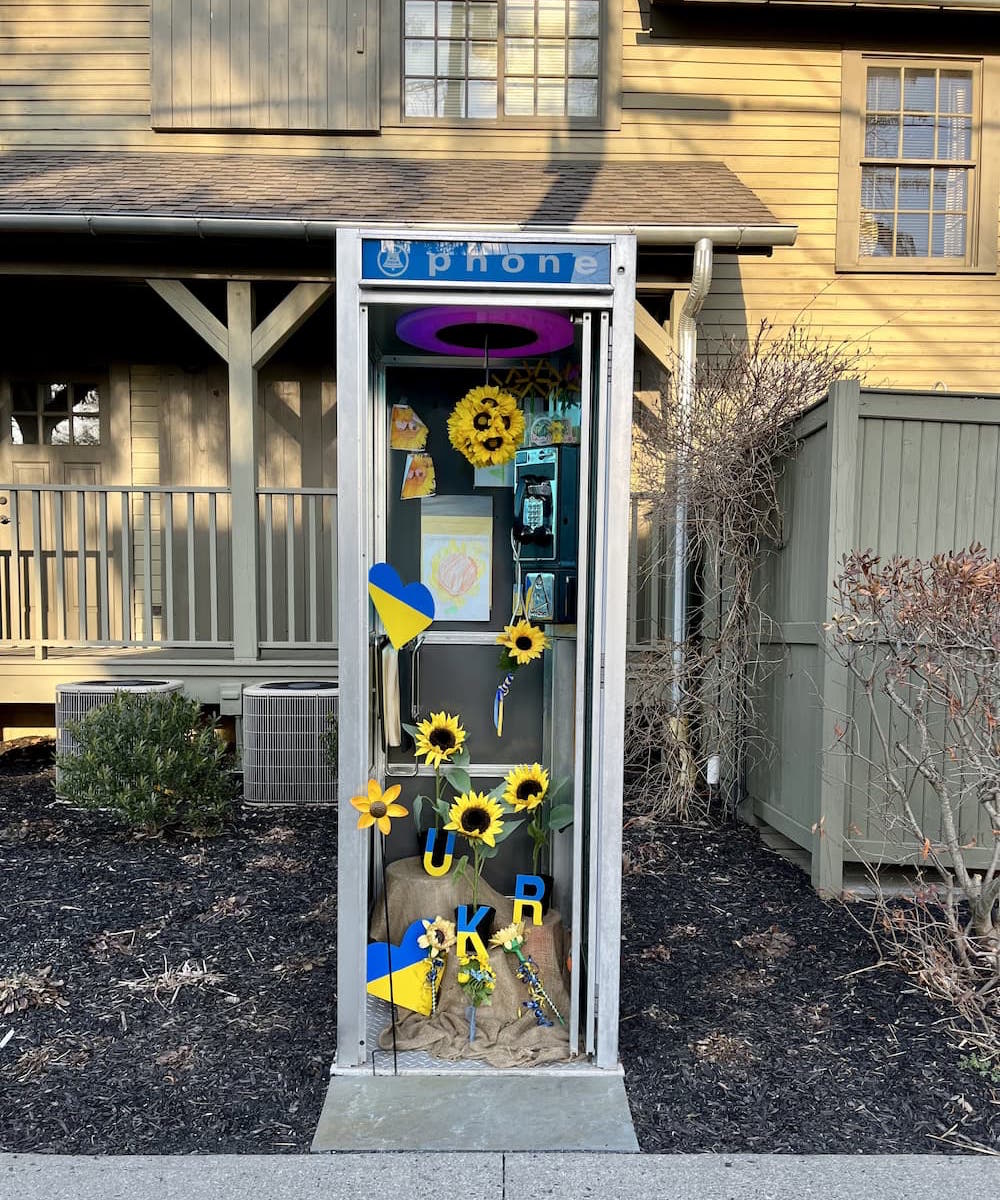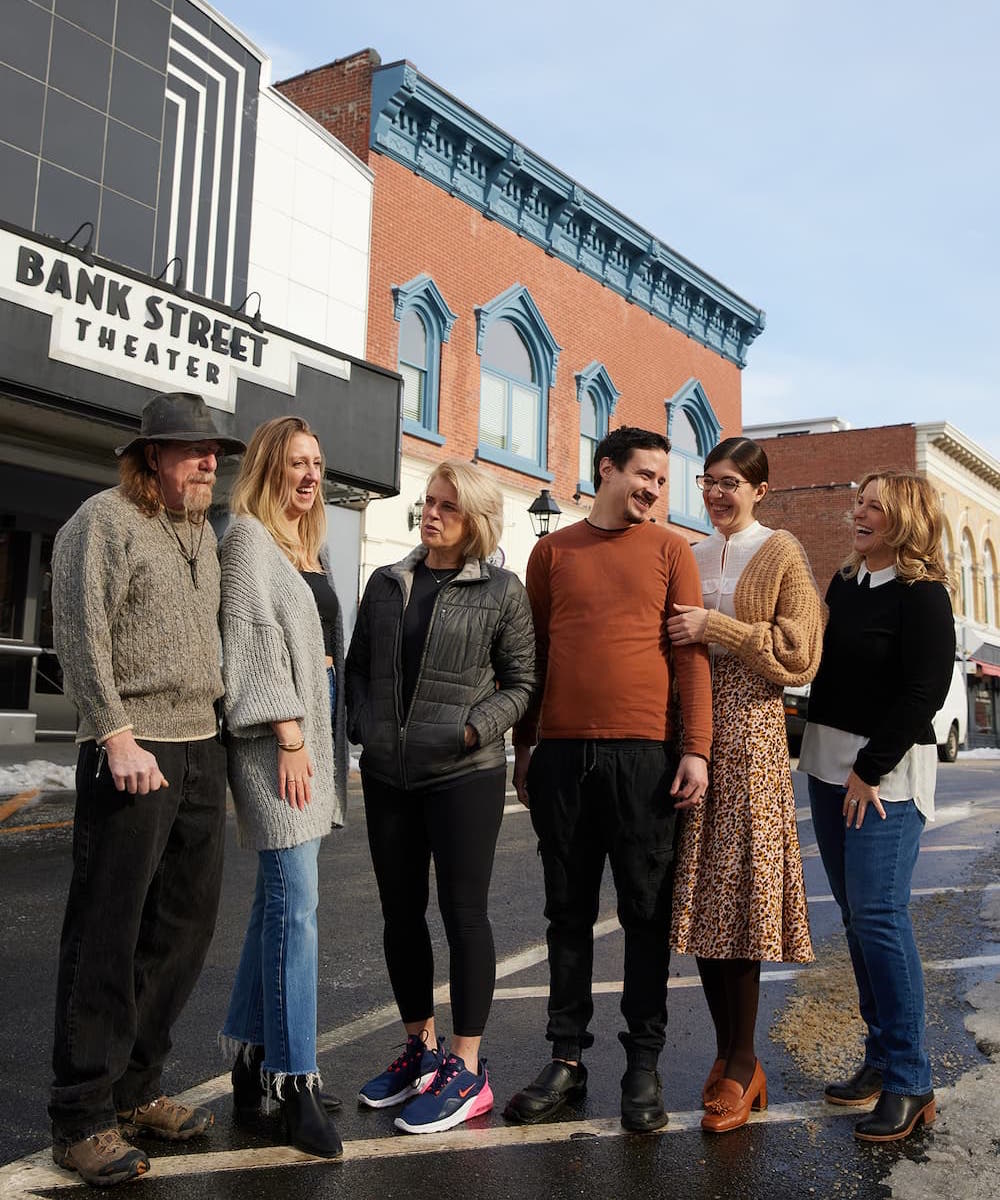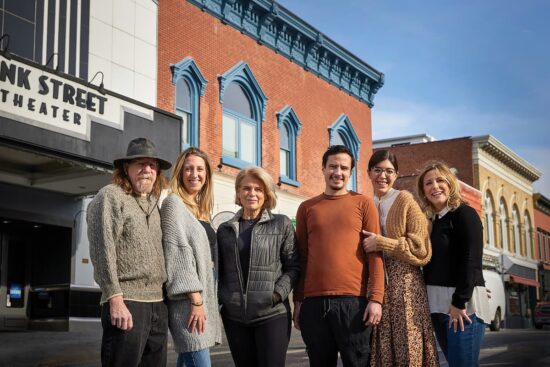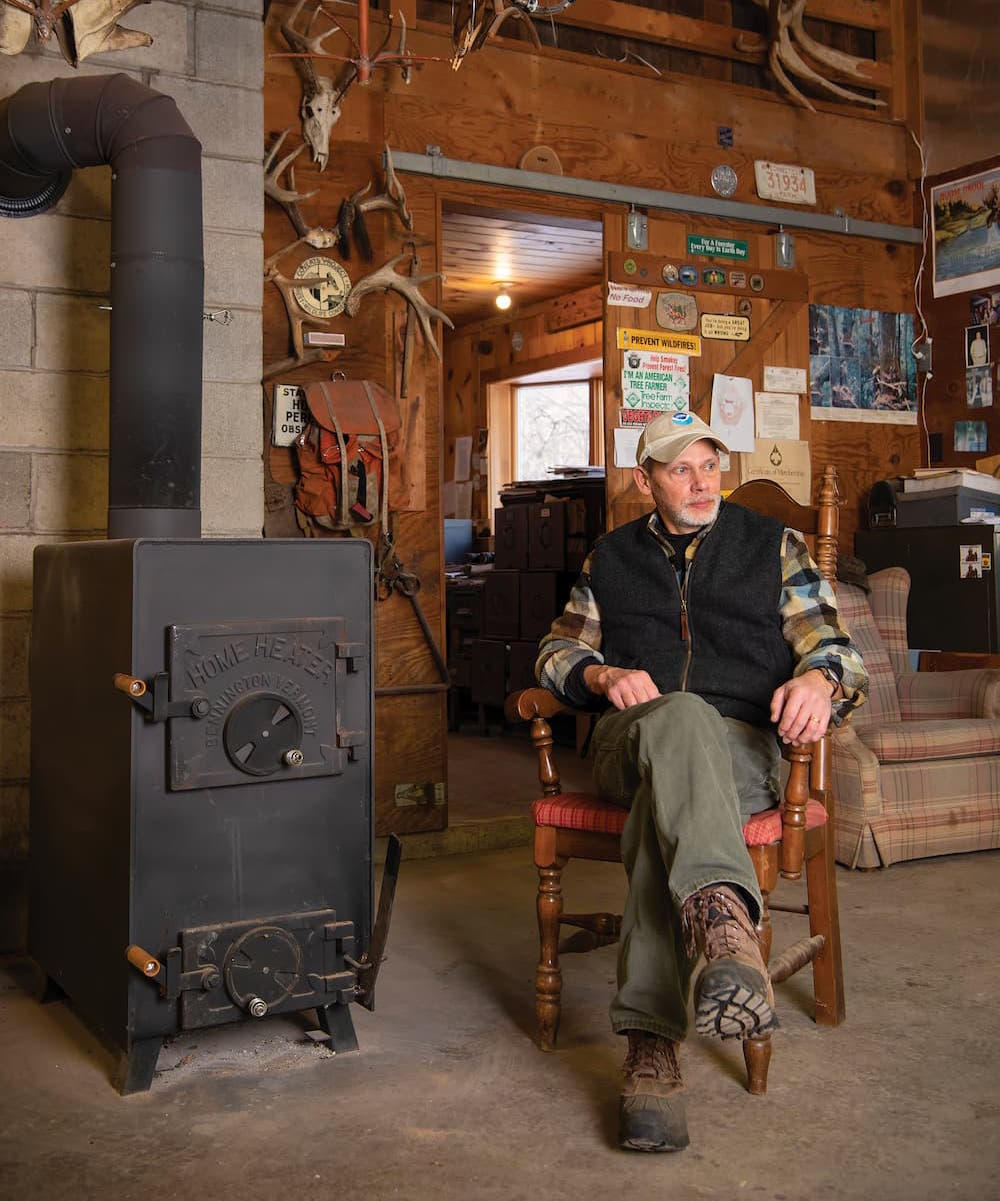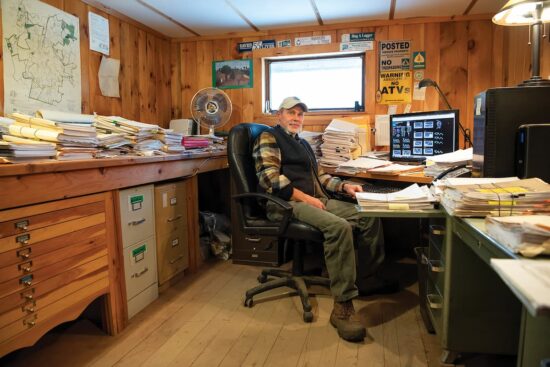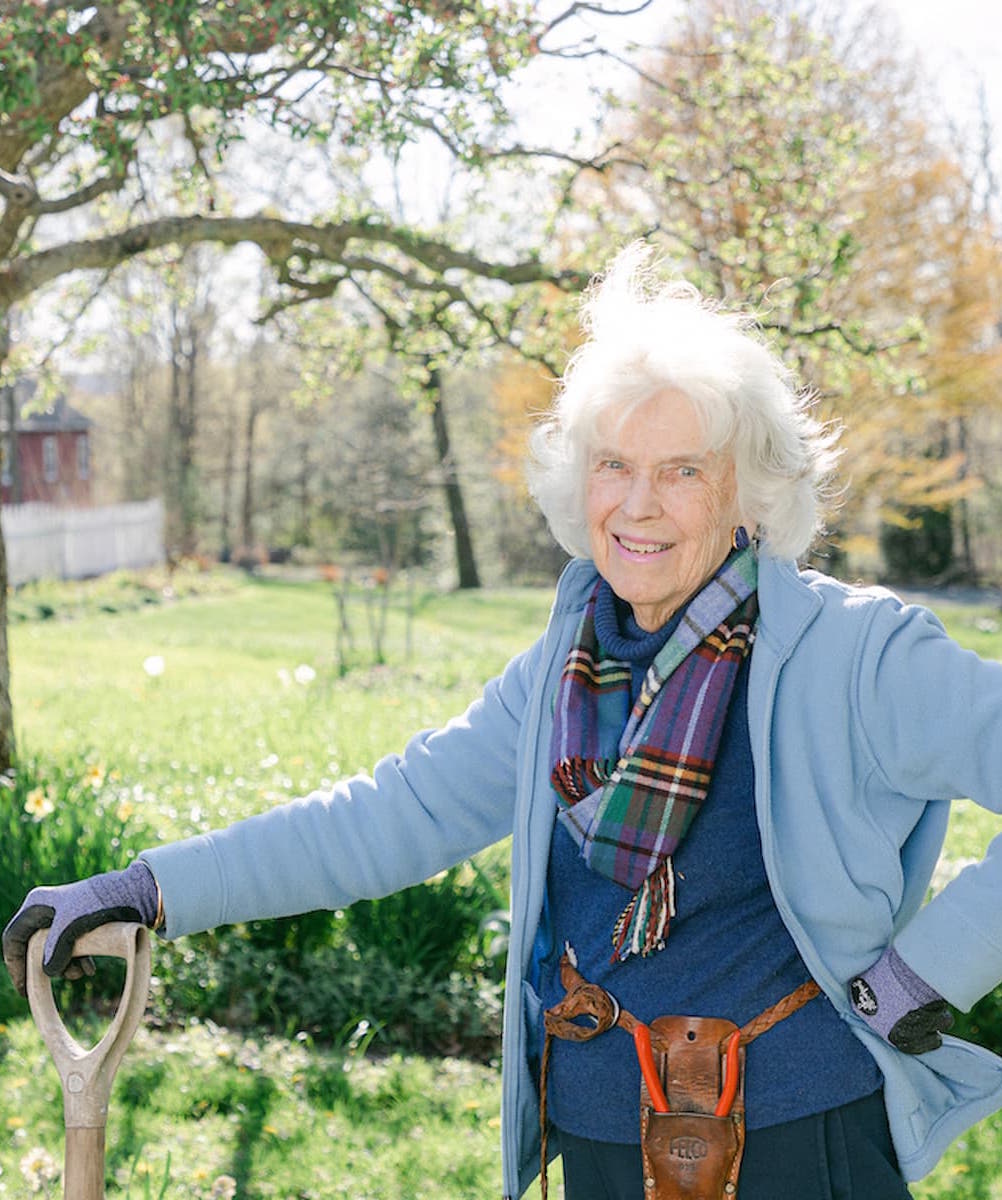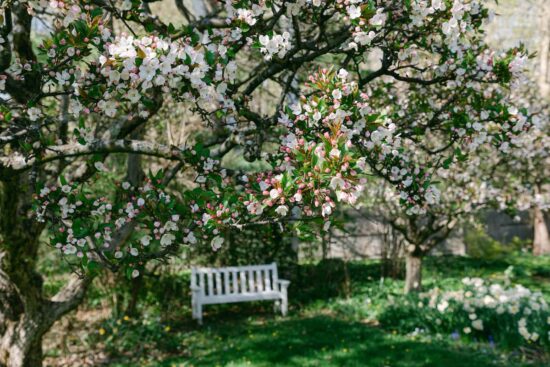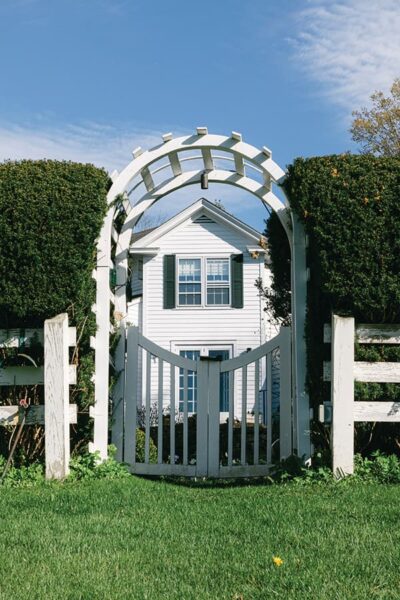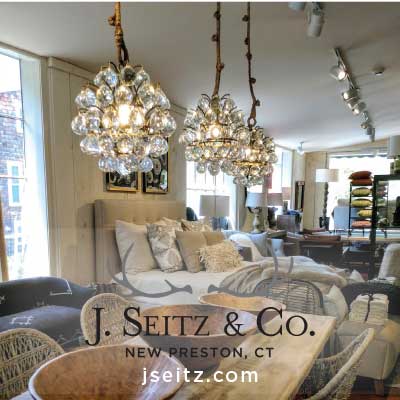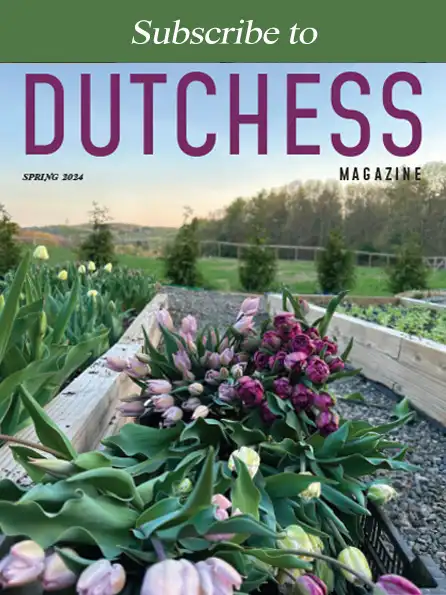Anyone who lives in or has traveled through Litchfield County and seeks the unusual and unique knows of Michael Trapp.
Michael Trapp Creates a Lush Green Treasure
By Joseph Montebello
Anyone who lives in or has traveled through Litchfield County and seeks the unusual and unique knows of Michael Trapp. The treasures he collects and sells in his West Cornwall shop and the gardens and interiors he designs are in a class by themselves. His ability to juxtapose old with new, antique with modern is his secret artistic weapon. Whether it be a patch of land or a room, his goal is always to focus on the offbeat.
Trapp did not grow up anticipating he would become a designer. He was born in Maine but since his father was a professor of logistics for the Air Force, he spent much of his childhood in Spain and France. His mother was a collector and he learned from her the value of a particular piece and developed the knack for finding one-of-a-kind objects and pieces of furniture.

“My parents were gardeners and they felt that children were a good labor force. I never took art classes, but I did study landscape architecture. My landscape business came from people seeing my garden around the shop and wanting me to make one for them.”
Over 25 years ago Trapp discovered West Cornwall while visiting friends who were house hunting. “They had looked at this property and decided it was too small for them,” explains Trapp, “but they convinced me to buy so I did and made my home upstairs and opened a shop.”

The shop, of course, is one aspect of the story, but the gardens have brought the property to a whole other dimension. Perched on a hillside overlooking the Housatonic River, they have been described as distinctly Italian, European, Mediterranean, and Old World rolled into one. There is definitely a medieval flair to the setting. Strolling the gardens along the cobble pavers one encounters pieces Trapp has salvaged and turned into works of art: concrete balustrades, fractured pillars, antiques urns, and, of course, the plantings themselves. Ah, and the surprise of discovering a spectacular 10 x 60 lap pool with limestone coping tucked away between perfectly curated shrubs and a blooming wisteria.

There was no garden on the property when Trapp purchased it and while it is less than ¾ of an acre, it encompasses most of the property. He drew no plans, but simply followed his instincts and filled the area with perennials (there are some annuals in various pots). Over the years many plants have grown and matured; while some have done well, others have disappeared.

“Gardens are alive, things grow and thrive, others die,” says Trapp. “That is what a garden is—it is never the same year to year but that is what I like about it. I don’t add plants often, but I rely heavily on self-seeding. It makes weeding a challenge but the results are rewarding.”

While his own gardens are free of formal layouts, Trapp will sometimes do rough sketches for clients but there are no formal CAD (Computer Aided Design) drawings. On most projects he is given free reign to make all plant choices.
Even though Trapp designs both indoor and outdoor spaces he does not favor one over the other.
“Both are about balance, proportion, and texture. I enjoy both as long as it is interesting work, but I end up doing more landscape design because it is easier to manage.”

In either case, he continues to explore new horizons through his travels and is able to translate his visions into reality for both himself and his clients.





